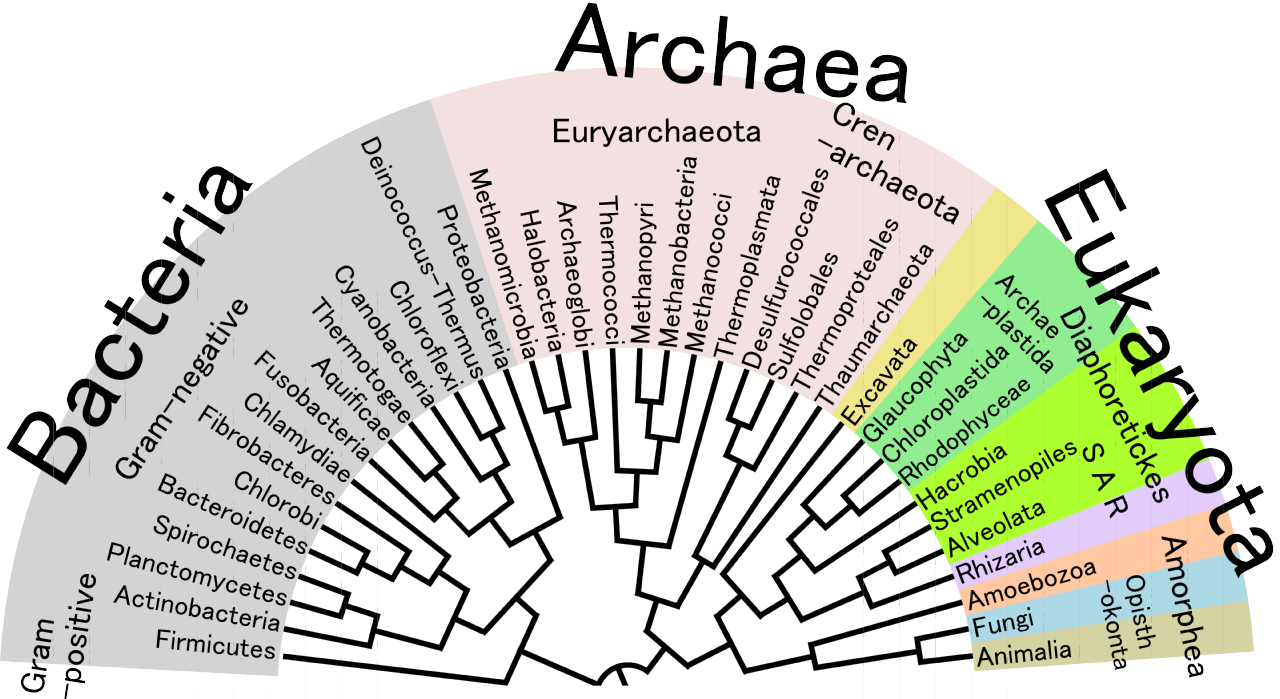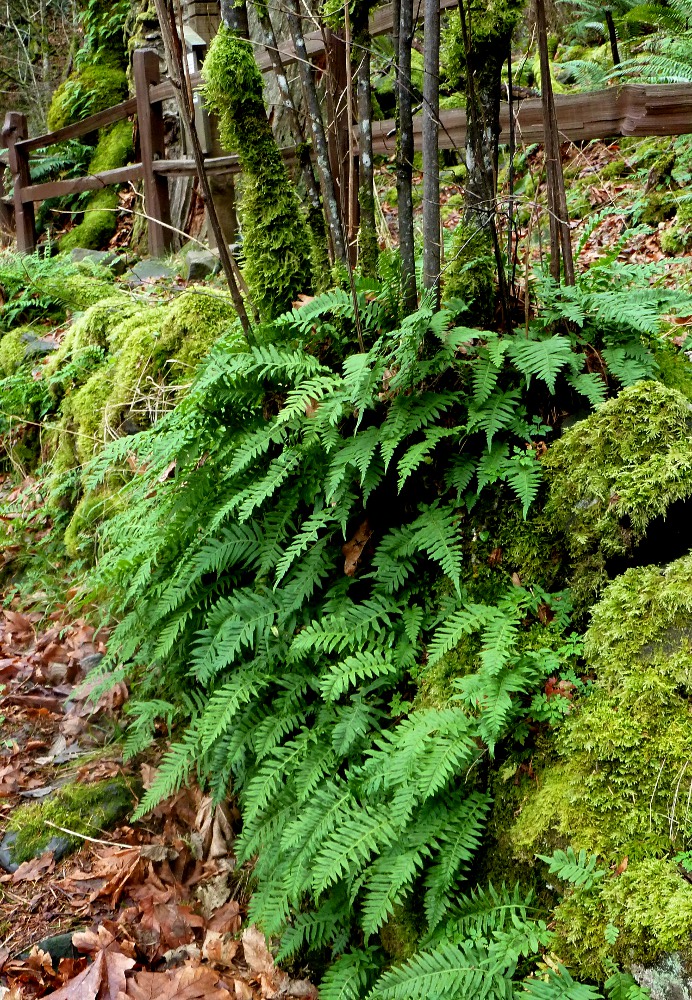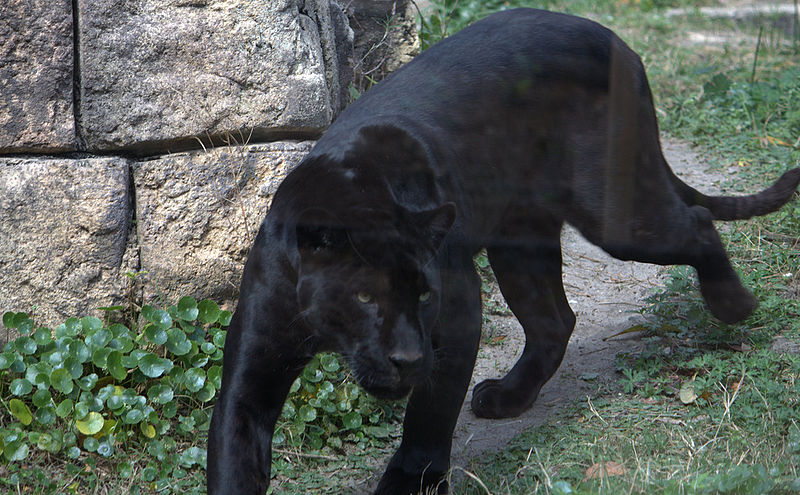Okay, back to Totemism 201! In my last post, I talked about how totemism extends well beyond animals into plants, fungi, and other non-animal beings. One of the main points I made is that we tend to gravitate toward animal totems because they’re closer to us–we are, after all, animals ourselves. I’ve covered the tendency toward anthropocentrism in spirituality before, but I’d like to tie it specifically to totemism in this post.
Pick up any book on totemism, or surf to a website on the topic, and more often than not you’re likely to run into language that suggests that by reading this material you’ll learn how to unlock the secrets of totemic power and get what you need in your life. I recognize a lot of that is due to marketing, because how better to sell a book than to claim it holds the answers to someone’s problems? Unfortunately it seriously limits the possibilities for relationships with the totems, and relegates them to being tools you take out of a bag only when you need them.
There are plenty of folks who manage to move beyond the “gimme” mindset. However, even they may perpetuate language that encourages others to see totems as means to a personal end. There’s nothing wrong with asking totems and other spiritual allies for aid when you need it, but I don’t feel it should be the sole basis for your relationships with them, especially because “I want I want I want” is a very anthropocentric way of going about things.
If you see totems as aspects of the human psyche given animal and other non-human forms, you may wonder what the problem with anthropocentrism is. After all, they’re all in your head, right? Remember that the totems represent their species, and you can still help their physical counterparts. Anthropocentrism has damaged the physical environment in numerous ways, so any effort to see the world in a less human-dominated fashion can help improve the world for everyone.
So how can you begin to remove the anthropocentrism from your totemism?
–Don’t treat totemism like it’s just a way for you to improve your life. Back when I was talking about the potential pitfalls of totem dictionaries, one of the points that I made is that the dictionary format tends to emphasize a quick fix for our problems. Relationship troubles? Take one dose of Lovebird and call me in the morning. Sure, that’s a bit hyperbolic, but it illustrates the problem effectively.
To break out of that mindset, consider how you view the totems you work with. Who are they besides “Solution A for Problem B”? What happens once you get past the stereotyped “what does this totem mean?” Do you see them as friends? Family? Allies? Beings to be worshipped, or admired, or emulated? (It’s okay if you don’t have an immediate answer; it might take a while for you to really conceptualize your relationships with your totems.)
–Be mindful of how you talk about totems, both the ones you work with and in general. Even if you see the totems as independent beings who have a lot more going on than figuring out how to help you get a new job, if you use language like “Totems are here to teach us things!” you’re still perpetuating a more limited view of them. Instead, try talking about the entirety of your relationship with a given totem (or as much as you’re comfortable talking about). When someone asks you what Gray Wolf means (as one example) you might talk about not just things Gray Wolf has shown you, but also what you’ve done for that totem in return, how close you are, how the relationship has evolved over time, other totems Gray Wolf has introduced you to and why, etc. (This all, of course, depends on how much time and space you have to answer in.)
Moreover, encourage discussions on totems that go beyond “What does this totem mean and what can it do for me?” If you part of an online forum or an in-person group about totems, try starting a new topic. If you teach about totemism, even casually, make a point of going into more depth. Ask others about their experiences. Get the words flowing.
–Another way to reduce an anthropocentric approach to totemism is to get out of your comfort zone. As I’ve mentioned before, we tend to gravitate toward animal totems (especially Big, Impressive North American Birds and Mammals) because they’re most familiar to us. Challenging that familiarity helps us and broaden our attention, and moves us beyond our own priorities of personal comfort.
Start one step outside of your comfort zone. If you’ve primarily only worked with mammal totems, try working with a bird or reptile totem. Then take another step, and head into fish territory. Another step may get you in touch with any of a number of invertebrates. Beyond that there are the totems of fungi, plants, bacteria, and numerous other non-animal beings.
The more you put yourself into the mindset of an unfamiliar sort of being, the more aware you become of their priorities. Anthropocentrism relies on human concerns being the most important; by making yourself aware of the concerns of other beings, you loosen the grip of a human-centered worldview.
Those are just a few of the ways in which you can unseat anthropocentrism and move your totemism from “what do I get” to “what can we give each other”. Note that I mention “we” in that last statement. Your goal is not to completely subsume your wants and needs in favor of those of a totem or any other being. The totems don’t need mindless followers, nor do they need people running around in hair shirts, castigating themselves for having any personal needs whatsoever.
Rather, the goal is to regain a mutually beneficial relationship with the totems and their children. We are just one of millions of species on the planet, and we’ve forgotten that. Totemism 201 is about remembering our place, not in a sense of being humbled and chastened and “put in our place”, but in being one among many brilliant, amazing beings in this world.
In my next post I’ll be discussing how Totemism 201 is about approaches rather than practices, and why there’s no secret ritual that will magically make you an advanced practitioner.
A master list of Totemism 201 posts may be found here.
Did you enjoy this post? Please consider purchasing one or more of my books on totemism and related topics! They include more in-depth information on working with totems, to include topics not discussed in this essay series.



